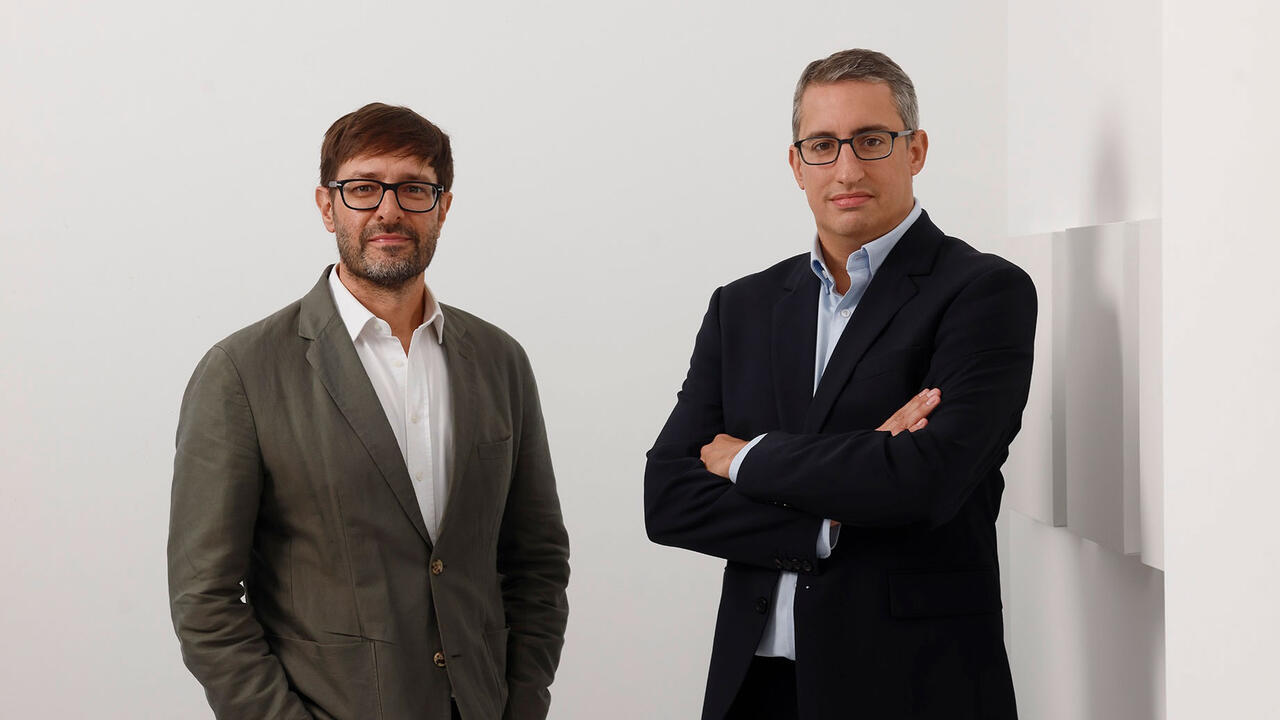Kontakt

In this exhibition of its new corporate collection Erste Bank of Austria showed works of mainly Eastern European art purchased over the last two years. These have been acquired on the recommendation of a seven-person advisory committee, consisting of experts from the countries in question, including Marina Grzinic (Ljubljana, Slovenia) and Piotr Piotrowski (Poznan, Poland). This geographical focus reflects the business operations of the bank, which for some time now has been expanding heavily into the former communist bloc states. Their collection has drawn predictable reactions: what some criticize as a fig leaf for the conquest of new markets is viewed by others as a laudable example of private sector commitment in places where state funding and the art market are largely absent. Without doubt the Erste Bank collection is making a major contribution to writing the recent art history of these countries. The fact that Eastern European museums are unable to compete with the acquisitions budget of an international banking group is another matter.
Entering the venue, visitors heard the insistent repetition of ‘What is art?’ The question of the definition of art acquired a special political force in socialist countries, with possible existential or even fateful consequences for artists. The repressive situation is captured in the increasingly aggravated ‘What is art?’ video performances by Rasa Todosijevic: in a work from 1976 a man’s voice puts the question to a woman, who merely looks harrassed, while a similar video made two years later depicts physical aggression – a hand attacking a woman's face. The collection concentrates on positions close to Actionism, Performance and Conceptual art that were not welcome under socialism, overall displaying many parallels to that of the Generali Foundation in Vienna.
However marked the similarities may be between many of these works and their Western precursors, their subversive nature becomes clear against the backdrop of respective political and historical contexts. The theme of the public ran through large sections of the show. The totalitarian conditions under which much of this art was produced is most clearly evident in a series of photographs entitled ‘Electoral Meeting’(1975), by Ion Grigorescu, who secretly photographed himself at an election event organized by the Romanian dictator Nicolae Ceausescu. The well-orchestrated parade is flanked by Securitate officers, figuratively marked by Grigorescu as dark figures. In Prague during the same period Jirí Kovanda was exploring the experiential horizons of the individual in the crowd. His photo-text works show the artist engaged in minimal interventions: making eye contact on an escalator (1976) or gently jostling passers-by (1977).
For his ironic performance Showing Elle (1962) Tomislav Gotovac had photographs taken of himself, naked from the waist up, in a snowy forest, laughing and holding adverts from the Western women’s magazine up to the camera. From the Hungarian artist Tibor Hajas came one of the most ambiguous works in the exhibition: his short 35mm film Self Fashion Show (1976) features shy passers-by posing first on the street and then in the studio. A commentary added later begins by spurring them on (‘Represent your lifestyle’) before becoming increasingly critical (‘Not exciting enough’), gradually making the transition from a comic situation to one of coercion, from marketing speak to a secret service interrogation.
Other themes covered by the collection include abstract spatial concepts (Edward Krasinski, Stano Filko, Karel Malich), how art history is written (IRWIN, Kasimir Malevich) and feminist critique (Sanja Ivekovic, Marina Abramovic, Valie Export). The exhibition’s title was taken from an extensive body of work by the Dada-influenced Július Koller. Koller was part of the unofficial Czechoslovak art scene, which after the crushing of the Prague Spring was condemned to invisibility. His object-like ‘anti-pictures’, made using white latex paint, were displayed on a raised platform. From 1970 Koller’s wonderfully subtle works began to include the acronym ‘U.F.O.’ – ‘Universal-Cultural Futurological Operations’. From this time on the artist made an annual self-portrait of himself as ‘U.F.O.-naut J.K.’, highlighting his fictitious distance from the everyday life of communism and post-socialism. Now Koller and his spaceship full of ‘friendly aliens’ have landed in the West.
















